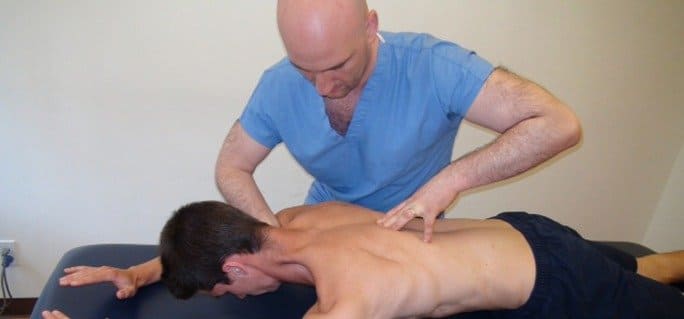August 14, 2023

While most people are familiar with physical therapy and massage therapy, many are unaware of the role that they can play to provide even better results than one or the other alone.
Having a good understanding of each type of therapy establishes the basis for better relating how the different treatments support one another. Each type of care has its own role and focuses on a different aspect of the body, which when paired with the others, presents a more holistic approach.
Physical therapy is a form of treatment that relies on physical methods to drugs or surgery.
Massage therapy is primarily focused on relaxing the muscles tore balance in the body.
Chiropractic care is designed tore health.
Whereas treatment previously was focused in one arena, to combined treatment, including:
• Comprehensive Treatment – The body is a complex structure in which each element works tore health in its entirety. This comprehensive approach renders better results and often faster healing.
• Faster Recovery – In particular, the element of massage therapy that contributes to do the exercises and other stretches necessary for treatment. Additionally, massage aids in faster recovery of the soft tissue following chiropractic adjustments as well.
• Smoother Adjustments – Massage is focused on relaxing the muscles to make adjustments easier and more comfortable.
• Increased Range of Motion – As massage loosens the muscles and reduces tension, it also impacts range of motion and can increase the efficacy of chiropractic care and physical treatment. Most individuals needing treatment experience a reduced range of motion; however, with massage the movement is increased, making physical treatment and chiropractic treatment easier and more beneficial. Massage therapy assists in increasing flexibility and movement of the muscles, ligaments, and other soft tissue that has been impacted by the injury or illness.
Dr. Lev Kalika is a world-recognized expert in musculoskeletal medicine. with 20+ years of clinical experience in diagnostic musculoskeletal ultrasonography, rehabilitative sports medicine and conservative orthopedics. In addition to operating his clinical practice in Manhattan, he regularly publishes peer-reviewed research on ultrasound-guided therapies and procedures. He serves as a peer reviewer for Springer Nature.
Dr. Kalika is an esteemed member of multiple professional organizations, including: